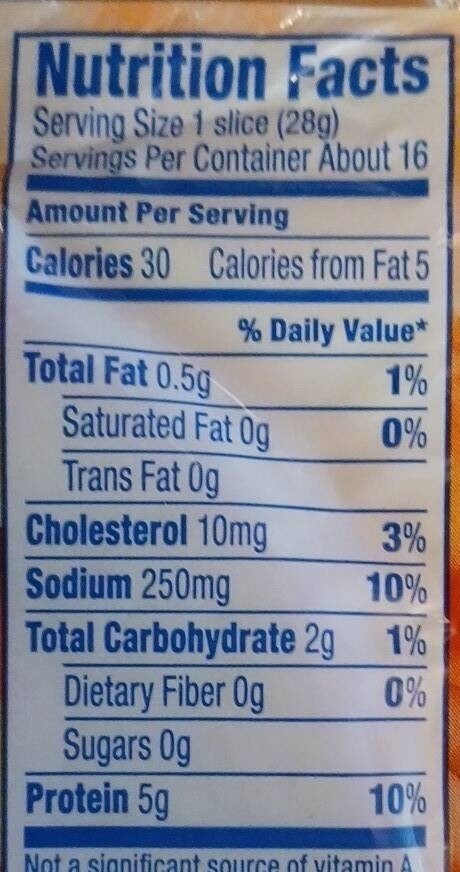Turkey Breast Oven Roasted - Butterball - 16oz
This product page is not complete. You can help to complete it by editing it and adding more data from the photos we have, or by taking more photos using the app for Android or iPhone/iPad. Thank you!
×
Barcode: 0022655415305 (EAN / EAN-13) 022655415305 (UPC / UPC-A)
Quantity: 16oz
Packaging: Plastic
Brands: Butterball
Categories: Meats and their products, Meats, Prepared meats, Fresh meats
Labels, certifications, awards: 99% fat free, Oven roasted
Origin of ingredients: United States
Countries where sold: Colombia
Matching with your preferences
Environment
Packaging
Transportation
Report a problem
Data sources
Product added on by mariana-rico
Last edit of product page on by gaellebourdonnec.
Product page also edited by kiliweb, packbot, roboto-app, yuka.sY2b0xO6T85zoF3NwEKvlmZYWfrjuRHePQPukF_Tw-m2IbbiU4lu3KrLGqs.
If the data is incomplete or incorrect, you can complete or correct it by editing this page.








